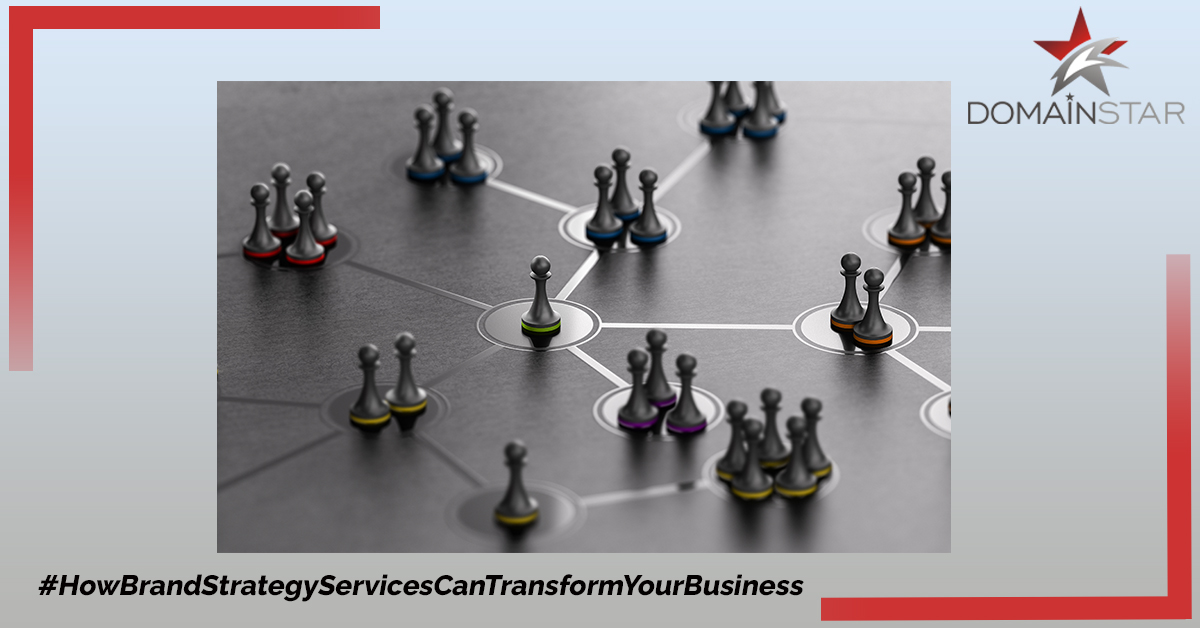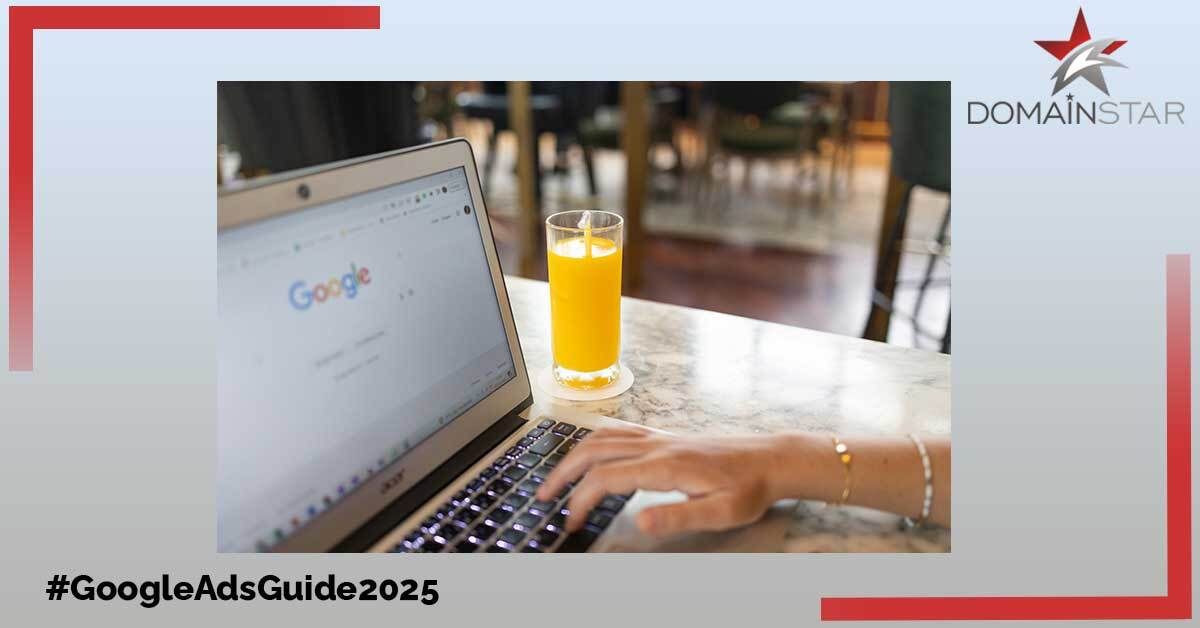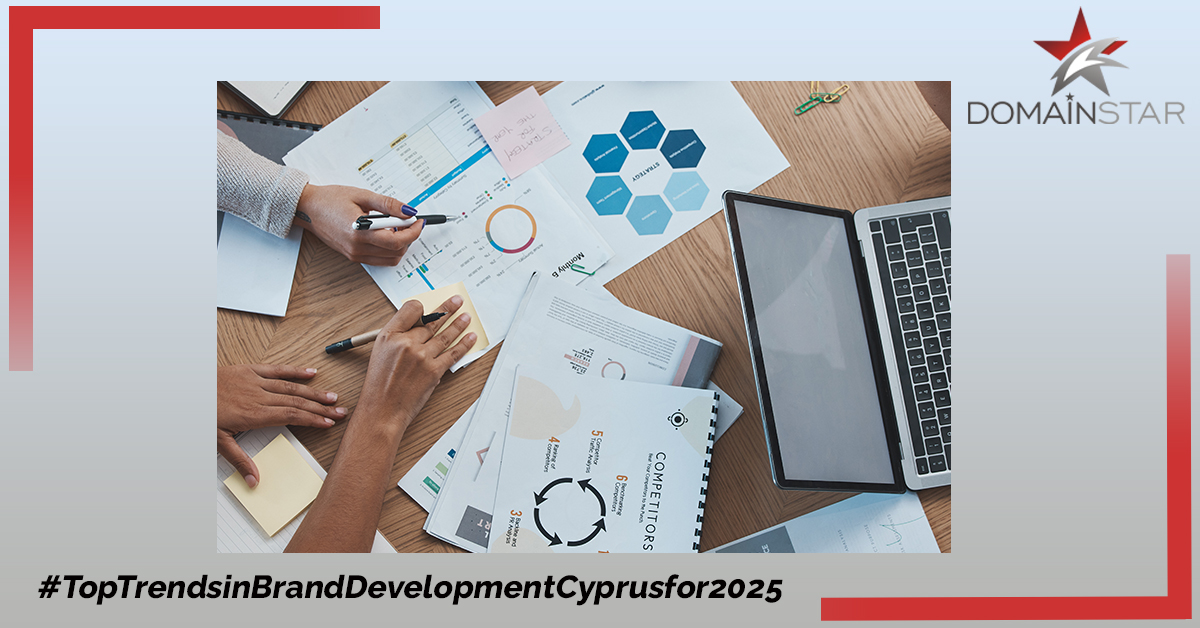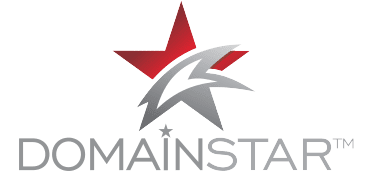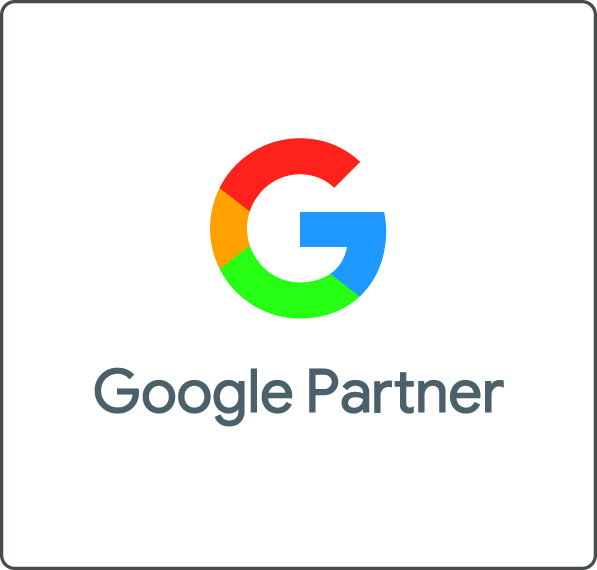WordPress Administration Services: The Essential First Steps
WordPress is the most popular content management system out there for a number of good reasons. It empowers millions of people with something to say to make their online voices heard. Furthermore, it takes the technicality out of creating and personalising a web presence. It does away with the necessity to stick your nose into the thick “HTML for Dummies” volume, instead providing a handy text editor view. Last but not least, it offers a comfortable home for almost any type of content your heart desires, from fairly static pages to a vibrant blog with rich media. Intuitive as it is, WordPress administration requires some getting used to. Here is what your first steps with the world’s top CMS ought to include.
First things first: Logging in
You can access the WordPress Services administration page via “yourdomainname.co.uk/wp-admin”. The familiar “Username / Email” and “Password” fields should pop up. You can tick “Remember Me” if you are using a personal computer to save time when you return to manage your website later. If you forget your password at any point, there is an option to reset it, as is standard practice.
Be sure to use the latest version of your browser of choice; it guarantees optimal performance and enhances the security of your web space, too. Once you log in, you will see your WP Admin Dashboard.
Get Your Site Structure Right: Pages vs Posts
As you put together your first website with WP, make sure you are clear on the difference between pages and posts. The “pages” in WordPress contain static content, like your Welcome, About, or Contact page. As a rule, they do not get regular updates and form the more or less fixed features of your online presence.
Posts, on the other hand, are one of the reason WP got so big so fast in the first place. Posts are chunks of content you add to your Blog or News page at regular intervals. They are the living and breathing part of your website. It is up to you how often you post new content there, and regularity often pays off more than frequency. You can customise the post view: how many posts will appear on the blog page, how much content from each will be seen before the ‘read more’ prompt, will there be visuals next to each title, and so on.
So, understand how pages and posts differ and determine how much of each type of content you will be putting up online early on!
How to Add and Edit a Page
In all likelihood, you will start your WP journey by adding a few pages. This works via the “Pages – Add New” toolbar in the Dashboard. You get to define the page title, relevant tags, and actual content in the following window – easy!
To edit a page, you can also go via the Dashboard. The “Pages” toolbar will take you to a list of all your pages; just click on a page title to go into its content.
The other option to edit a page is via the WP Admin Bar which appears when you visit your live website after you have logged in. Go to “Edit Page” in the top right-hand corner, edit what you must, and click “Update”. It’s that simple!
How to Add a Post
Adding a new post works in a similar way and can also happen along two routes. Via the Dashboard, you can “Add New” under the “Posts” toolbar. This opens a window in which you get to write your post from scratch and also give it relevant SEO attributes as above. You can save or immediately publish the finished post, and it will appear in your designated blog or news page.
Adding posts is also possible via the Admin Bar. Head over to your blog / news page, click “+ New” and select “Post”. Same procedure as above – and if you’re happy with your work, don’t forget to press “Publish” in the end!
Get Familiar with the WordPress Formatting Toolbar
The formatting toolbar is where you will start feeling elbow-deep into WordPress development. Some of the features will remind you of your favourite text editor (bold, italic, strikethrough, text alignment, block quote, and so on), while others concern the content editor view (a full-screen view of the editing area, toggling the button displays, and other matters of preference).
You will notice the “Add Media” button on top of the formatting toolbar, and you are likely to reach for it quite often to insert images and downloadable media. More about that below.
Inserting Images into Your Content
Online content featuring an image is much more attractive, research teaches us, so why miss out? WP makes it easy to insert visual content. All you need is a JPEG, GIF, or PNG file. For starters, head over to the page or post which you want to visualise and position your cursor where you intend to place your image. Best choose the beginning of s line or paragraph, or a blank line altogether. This will become the position, to which you align your image within the overall page content.
This is where the “Add Media” button comes into play. Clicking it will take you to a dialogue box where you can either choose “Upload File” to put a local image online or “Media Library” if you have already uploaded your visual catalogue into WP.
After you have made your pick, you get to give your image a title (a short, SEO-friendly description of your image), caption (if your theme / web design requires it), alt text (usually a short version of the title), alignment (as you want and require it; choose “none” when the image is in a blank line), and a few other fields you will mostly leave blank.
The End!
Master the above and it will be 95 per cent of all WordPress development work you will need! You can always get in touch with a web design agency in Cyprus for further assistance.

